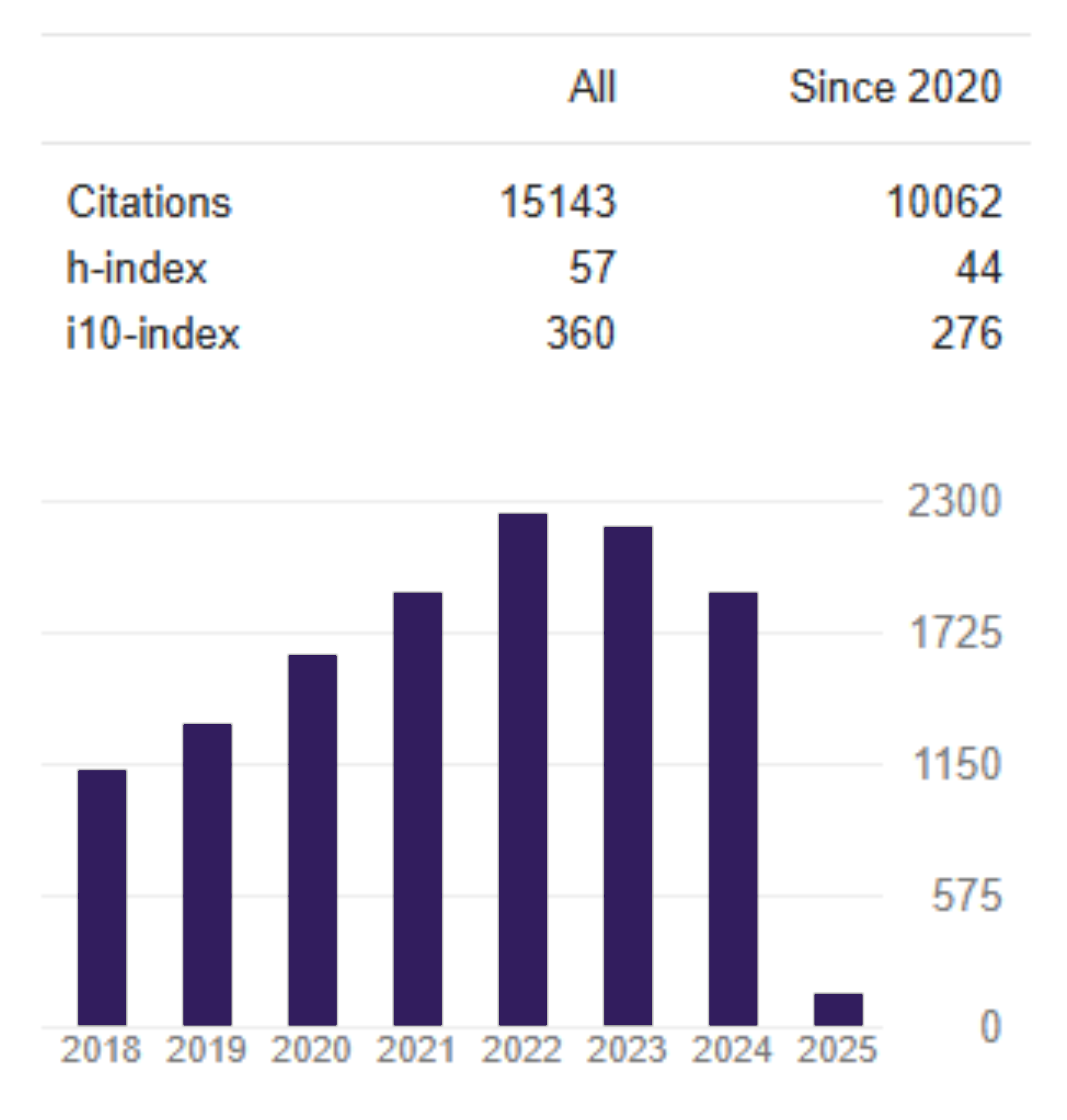TINGKAT EFISIENSI BPRS DI INDONESIA: PERBANDINGAN METODE SFA DENGAN DEA DAN HUBUNGANNYA DENGAN CAMEL
DOI:
https://doi.org/10.26905/jkdp.v18i2.811Keywords:
CAMEL, Data Envelopment Analysis, efficiency, stochastic frontire approachAbstract
The magnitude of the potential banking market-micro made many banks and other financial institutions makeprofits in the segment of small and micro finance as a market for rural banks (BPR), especially Islamic ruralbanks (BPRS). Thus, the BPRS efficiency was required to survive amid the competitions. This study usedparametric stochastic frontier approach (SFA) and the method of data envelopment analysis (DEA) to analyzethe level of efficiency of BPRS operation during the period of 2nd Quarter June 2011–1st Quarter March2013. The level of Bank efficiency could be integrated with the performance of banks which was adopted fromCentral Bank (BI) criterias, namely CAMEL (Capital, Asset Quality, Management, Earnings and liquidity).Based on the Spearman correlation, the results of this study indicated that the level of efficiency of BPRS usingthe SFA method had no real relationship with CAMEL, while the level of efficiency of BPRS using the DEAmethod had a real and weak relationship with CAMEL. Another result in this study showed that the level ofefficiency using SFA method was statistically higher than the level of efficiency using DEA method.Downloads
Download data is not yet available.
Downloads
Issue
Section
FINANCE AND BANKING
License

This work is licensed under a Creative Commons Attribution-ShareAlike 4.0 International License.



